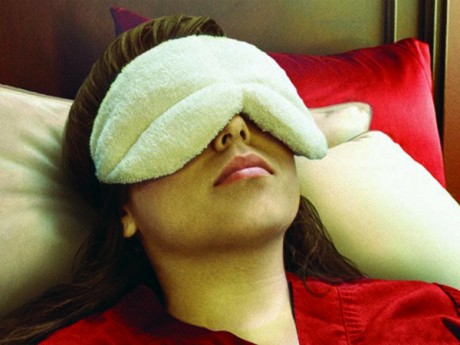Understanding headache pain
Knowing types and causes can help you choose the right treatment
Whether it’s a mild stress headache or a full-blown migraine, those who regularly battle headaches are continually looking for safe and effective remedies to alleviate the pain as quickly as possible.
The Mayo Clinic describes a headache as, “Pain in any region of the head. Headaches may occur on one or both sides of the head, be isolated to a certain location, radiate across the head from one point, or have a vise-like quality. A headache may be a sharp pain, throbbing sensation or dull ache. Headaches may appear gradually or suddenly, and they may last less than an hour or for several days.”
Understanding what kind of headache you’re experiencing and what may have caused it can go a long way toward finding the ideal treatment, whether with heat and cold therapies, other natural remedies or medication.
Causes of headaches are as varied as the aches themselves. Migraines and tension headaches are among the common types of primary headaches — those that relate to pain sensitive areas of your head but do not signal a potential underlying disease. Lifestyle factors such as alcohol, certain foods, changes to sleep, posture, skipped meals and stress can contribute to primary headaches.
Secondary headaches are caused by ailments ranging from influenza and sinusitis to aneurysm and stroke.
Conditions such as concussion and dehydration can also cause secondary headaches.
Seeking medical care
If you suspect your headache is the result of an underlying issue, consulting a physician can help you address the root problem.
In addition, symptoms such as confusion or trouble understanding speech, fainting, high fever, stiff neck, trouble seeing, speaking or walking, and nausea or vomiting are also signs you should seek emergency attention immediately, according to Mayo Clinic experts.
Other indicators may signal the need to schedule a doctor’s appointment, although not as urgently as if you are experiencing the symptoms just listed. These include an increase in headache frequency or severity; pain that does not improve after taking over-the-counter medication; and pain that affects your normal activities, such as working or sleeping.
Home treatment options
Relieving your headache pain depends on the type of headache you’re experiencing. Some can be relieved by over-the-counter medications, but numerous natural remedies can also be effective, without the potential side effects of drugs.
One example is heat or cold therapy, applied to your head or neck area. An example is Thermal-Aid Headache Relief System (thermalaidproducts.com). The system treats pain, muscle tension and light sensitivity simultaneously and can be used for migraine, tension and stress headaches. The system includes a tube of 100 percent natural cream pain reliever that is applied directly to your temples and forehead, as well as a cold press eye pack that blocks light while delivering subtle pressure to ease forehead and temple tension.
Other natural pain management techniques include meditation, massage and rest. Small amounts of caffeine may also be effective, and other alternative therapies such as biofeedback and cognitive therapy are potential treatments.
— FamilyFeatures.com
-
Share this story:



